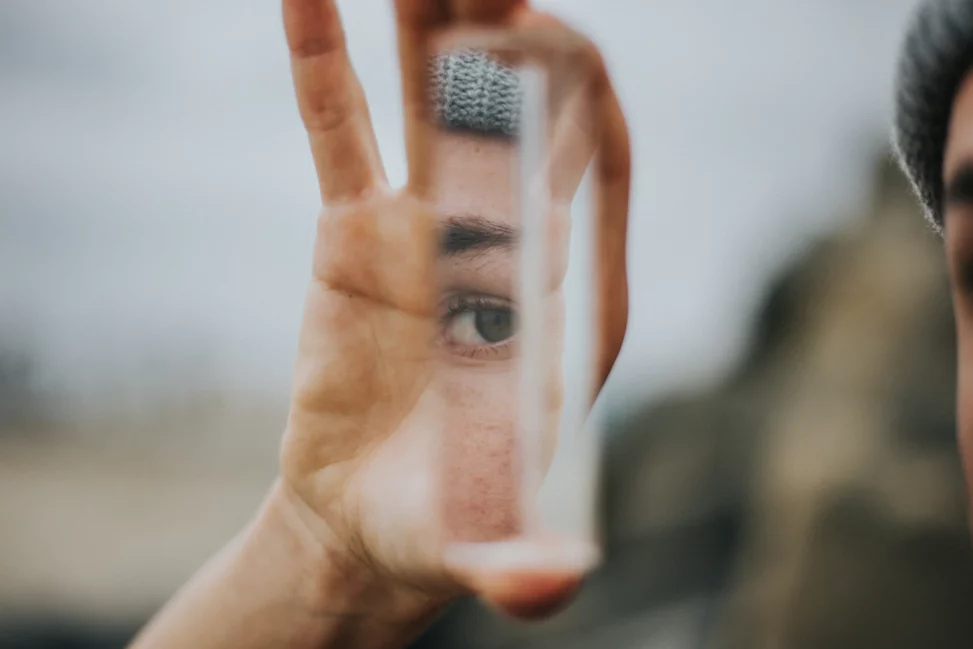Give students experience with interviewing, while also exposing them to prompt engineering and creative uses of generative AI!
LEARNING OBJECTIVES
Students will:
- learn how to collect, clean, and analyze interview data
- gain experience developing prompts and using those prompts in text-to-image generative LLMs
- reflect on how generative AIs align with or diverge from the expected output of a developed prompt
READINGS/WATCHINGS/LISTENING
For Instructors:
- Mège Reading 1
- Mège Reading 2
- Instructors should bring in their own readings, as applicable, about
- the process of interviewing (e.g., resources about data collection and analysis)
- how generative AI is trained (e.g., on what data)
- how generative AI can be biased, and the types of harm that can cause
For Students
- Chapters from Into the Universe of Technical Images (1985) by Vilém Flusser (available through CU Libraries):
- To Abstract
- To Imagine
- To Make Concrete
- To Touch
- To Instruct
DELIVERABLES
- Reflection on Flusser reading
- Submission of interview data (audio file, transcript, and field notes)
- Reflection on interviewing, prompt crafting, and portrait generation
- Submission of portrait and prompt used to generate portrait
- Reflection on gallery walk and the portrait of themselves that their interviewer generated
INSTRUCTIONS
PRE-DAY 1:
-
- Students should read the chapters from Flusser (1985).
- Deliverable: Students submit a brief reflection (~250 words) in advance of Day 1.
Flusser is focused on film and photography (it was, after all, the mid-1980s when this book was published). How do the ideas he discusses in “Into the Universe…” apply to computers and more specifically Generative AI?
IN-CLASS DAY 1:
- Lecture on Isabelle Mège, Flusser, creativity, and art – what does it mean to create in the age of generative AI?
PRE-DAY 2:
- Create groups of 2 students
- Groups of 3 are also okay – the goal is just that each student interviews someone else.
- If students are familiar with each other, the instructor can choose to randomize groups.
IN-CLASS DAY 2:
- In their groups, students should interview each other. The goals of these interviews are to learn about each other.
- Interviews should be audio recorded. Students are welcome to use whatever technology they would like to use for recording, including technology that provides some form of rudimentary transcription (e.g., Zoom, etc.).
- Encourage students to take notes in addition to recording the interview.
PRE-DAY 3:
-
- Students should transcribe their recorded interviews and edit their field notes.
- Emphasize that AI generated transcriptions are good, but often need to be looked over for accuracy. Students should check those transcriptions versus their audio recordings (doing this at 1.5-2x speed is fine).
- Students should transcribe their recorded interviews and edit their field notes.
- Deliverable: Students should submit the audio of their interview, their (edited) transcription and their (edited) field notes.
- Using their interviews and field notes, the students should craft a series of prompts to capture the likeness of their interviewee.
- These prompts might include physical characteristics about the person (gleaned from field notes), but also intrinsic characteristics or qualities that the individual discussed as part of the interview.
- Using the generative AI (text-to-image) tool of their choice, and the prompt(s) they created in the prior step, students should generate a portrait of their interviewee. The portraits should be no larger than a 8×11” sheet of paper, and students should upscale the image (there are many free upscalers available online).
- Deliverable: Reflect on the process of interviewing, the process of developing a prompt, and using that prompt to generate a portrait of their interviewee (~250 words).
- Students should print their portrait out, and bring it to class Day 3. They should also print out the prompt they used to generate the portrait.
IN-CLASS DAY 3:
- Students will showcase their portrait and prompt. While comments are encouraged on all portraits, students should pay particular attention to the prompt and portrait that is of them.
- Consider providing sticky notes so students can leave notes on the showcased portraits and prompts.
POST-DAY 3:
- Deliverable: Students should submit a short reflection about how their interviewer’s prompt and subsequently generate AI portrait is accurate or inaccurate to them (~250 words). Along with this, they should generate their own prompt and AI generated portrait of themselves and submit it.
PAIRING WITH OTHER AI ACTIVITIES
Note: This can be paired (as a Part II) with Caitlin Charlet and Anthony Pinter’s other contribution in this repository

